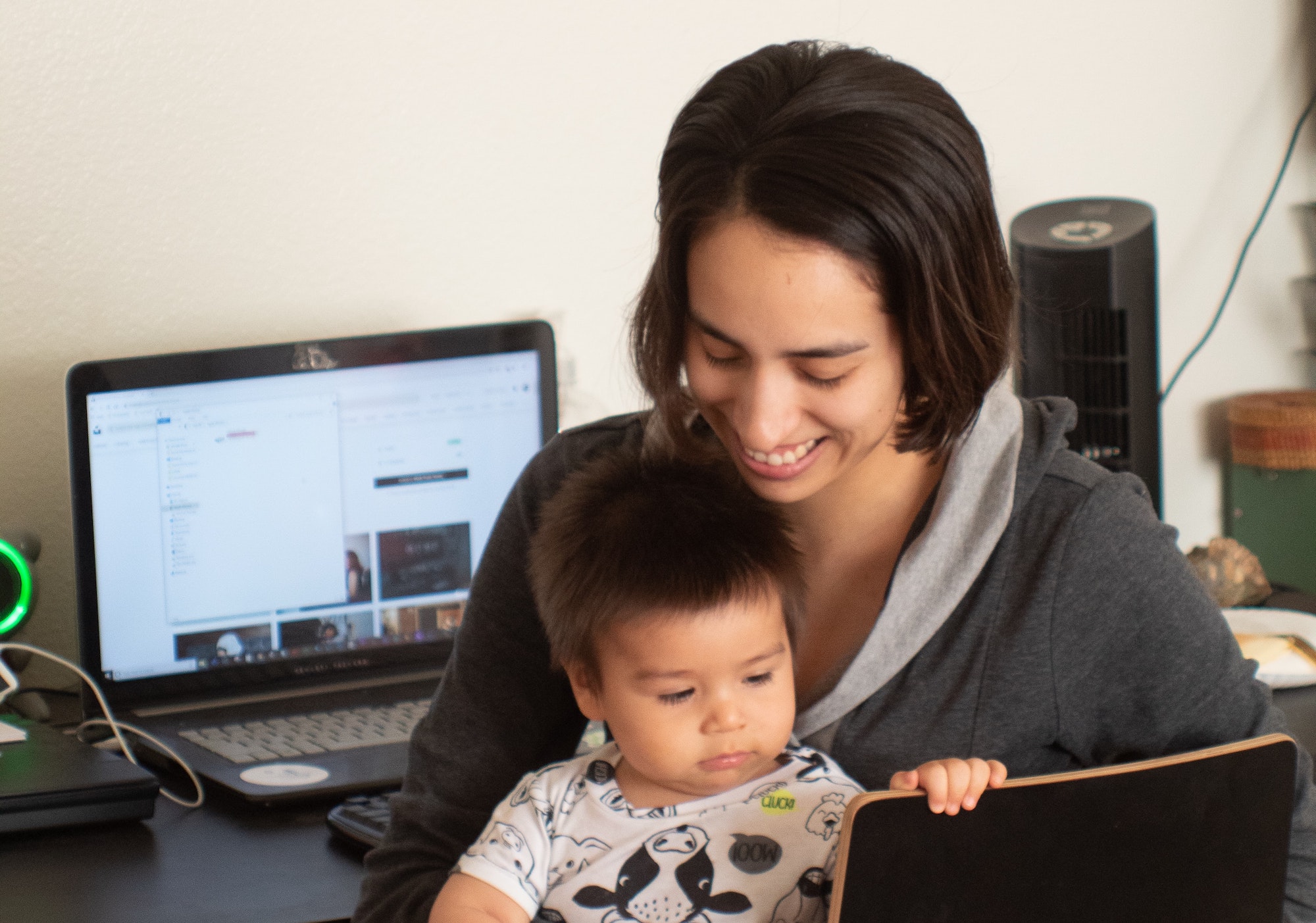Have You Received Your Second Stimulus Payment Yet?

If you’re like most people, the word stimulus makes you perk up your ears these days. Perhaps you’ve either already received or eagerly await that much-needed payment, which will arrive by a deposit in your bank account, a check in the mail, or an Economic Impact Payment Card.
With the second stimulus bill now in action, let’s make sure you get the stimulus money you’re eligible for! The coverage can be confusing, so here are some key pieces of information you need to know.
An overview of the second stimulus payment
The U.S. government passed a second COVID-related stimulus bill in late December 2020, which included a second round of stimulus payments to U.S. residents who qualify. The standard amount of the payment is $600 per adult and $600 per child 16-years-old or younger. There is no limit on the number of children in a family who can receive the payment. So, for instance, a family of four can receive up to $2,400.
However, individuals and families phase out of the stimulus payment window once they reach a certain income. The limit to receive the full stimulus amount is:
- $75,000 for a single person
- $112,500 for Head of Household
- $150,000 for Married Filing Jointly
In addition, depending on your income, you may not qualify for the full amount. To check your eligibility and amount, use the IRS Get My Payment tool or this great tool from Kiplinger.
Note: Mixed immigration status families can now receive stimulus payments! You should automatically receive both payments — the one from earlier this year as well as the most recent one. But if you don’t get the payments, you need to file your taxes to receive them.
When should I expect my payment?
As of this writing, the IRS had distributed nearly 80 percent of payments. After Friday, January 15th, there will be no more payments for this round.
The IRS is only able to distribute payments to people already in their system who they define as eligible. But part of that eligibility is based on how you filed 2019 taxes. If your status has changed, you may be owed a stimulus payment that you won’t see until you file your 2020 taxes. More on that in a bit.
Tip: Did you know you can sign up to receive an email every day letting you know what mail is on the way with Informed Delivery® by USPS®?
Tip: If you receive veterans’ benefits or Social Security payments on your Direct Express card, you can also check the status of your payment here and learn more about receiving your payments.
What if I haven’t received my stimulus payment?
If you received the first stimulus payment via check or debit card, make sure you check all your mail and don’t throw anything away without opening it. Not all envelopes will be clearly marked.
Unfortunately, if you have moved since you received the first payment, there is no way to update your mailing address at this time. You must instead file your 2020 taxes to get the stimulus check.
Tip: If you have moved, make sure to update your address for any future payments!
If you received the first stimulus check via direct deposit, you should expect the second via direct deposit as well. But if you have since closed the bank account that the IRS has on file for you, there is no way to update this information at this time. Again, you must file your 2020 taxes to get the stimulus check.
Another wrinkle: During the first round of stimulus payments, if the IRS didn’t have your information on file in order to send you a check, you were able to add it using their online too. Unfortunately, for this round, it’s not an option.
Tip: If the IRS Get My Payment tool gives you the message “Payment Status #2 – Not Available,” you must file your taxes to get your stimulus check.
Tip: Be on the lookout for a text message asking for details of your bank account. This is a scam! You don’t have to disclose your bank account details to the IRS or anyone else to receive your stimulus money.
How do I claim my stimulus payment when I file my taxes?
So if you’ve moved, changed banks, or received the message “Payment Status #2 – Not Available” with the IRS tool — or if you haven’t received your stimulus payment by January 15th — don’t worry. You can still receive it once you file your taxes.
Note, too, that if your tax situation has changed since you last filed in 2019, you must file to get any additional stimulus that is owed to you. Here are a few reasons this might apply to you:
- You had a baby in 2020 and now qualify for an additional $600 based on this “dependent”
- You made less money in 2020 than 2019, so you now qualify for the stimulus based on your 2020 income
One last important thing to know: if you are also claiming the Earned Income Tax Credit (EITC) or Child Tax Credit (CTC), your entire refund, including your stimulus payment, will be delayed until at least March. But you should file anyway — there is a lot of money on the table!
We’ll share more news soon about other important updates you should know about from the stimulus bill (there was a lot in there!). In the meantime, with tax season quickly approaching, be sure to get proactive about stimulus #2.